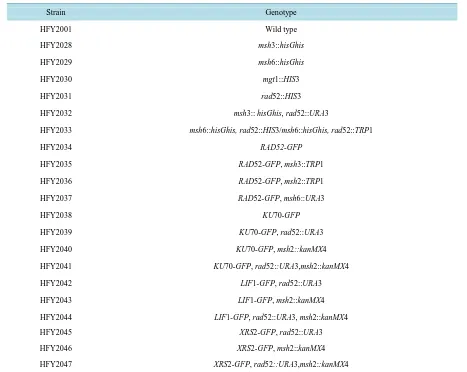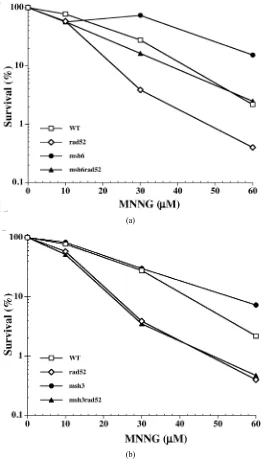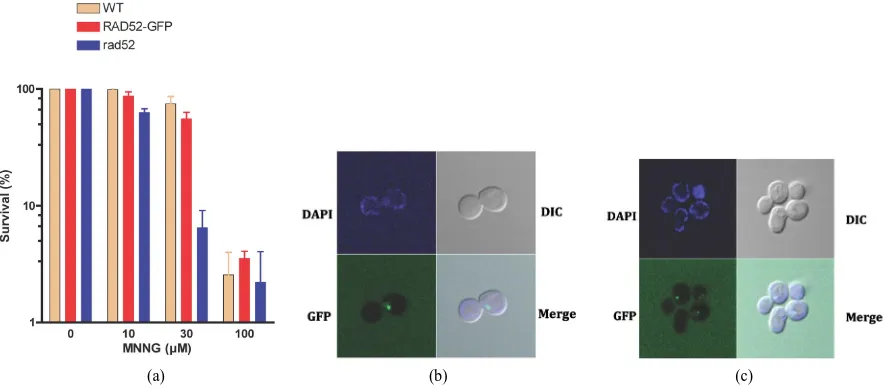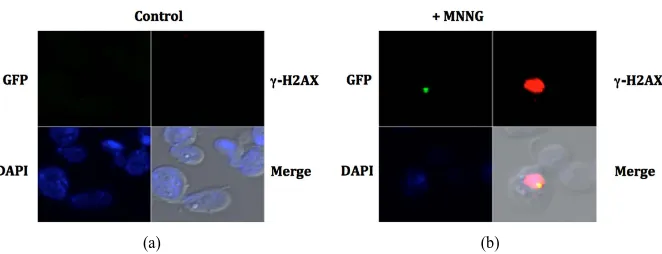The Role of DNA Mismatch Repair and Recombination in the Processing of DNA Alkylating Damage in Living Yeast Cells
Full text
Figure




Related documents
Quantum filmmaking is the live process of the production and reception of participatory video-collages building upon the medium specificity of video mobile
Ministry of For- eign Trade and Tourism RREE Rural savings banks Cooperatives SBS (financial entities) Magnitude of diversification Developing products for the Andean grains value
The Graduate Management Admission Council ® (GMAC ® ) has conducted several surveys—the mba.com Registrant Survey and the Global MBA ® Graduate Survey—to identify
Through microarray analysis, we obtained that gene expression of distal MCA of patients with MMD was distinctly regulated in comparison with control.. At least 5
The dimensions of database forensics include compromised databases where the metadata or code of the DBMS was tampered with, damaged databases where parts of the DBMS was deleted
Through the analysis of data collected in three regions representative of agricultural systems in the country, obtained from more than 1 000 questionnaires on the characteristics
1203, 1203-28 (1996); see also Larry Catá Backer, Multinational Corporations, Transnational Law: The United Nations’ Norms on the Responsibilities of Transnational Corporations as
(2001), the following conclusions were made: behavior procedures such as modeling, coaching, and reinforcement appeared to be the most effective strategies;

